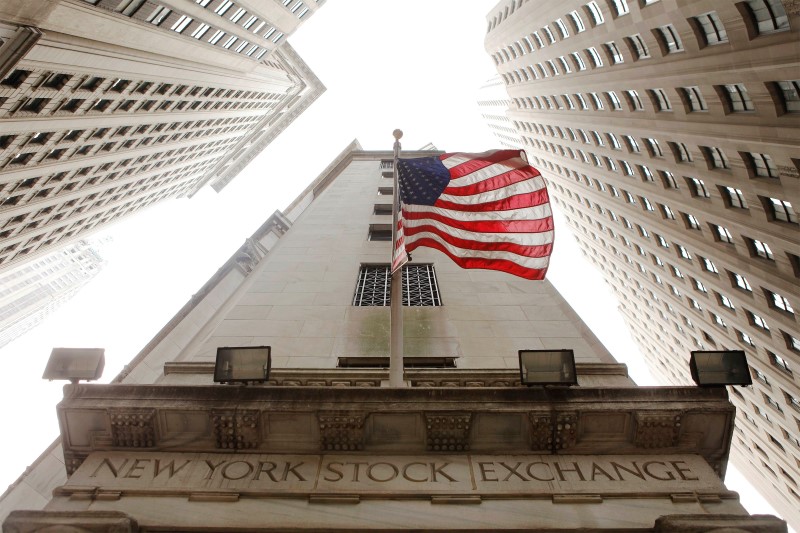Investing.com -- The S&P 500 closed lower Monday, pressured by Nvidia-led weakness in tech just days ahead of key inflation data.
At 4:00 p.m. ET (21:00 GMT), the Dow Jones Industrial Average was fell 240 points, or 0.5%, while the S&P 500 index fell 0.6%, and the NASDAQ Composite slipped 0.6%.
Nvidia, AMD drag down tech
NVIDIA Corporation (NASDAQ:NVDA) stock fell 2.6% after China launched an investigation into the chipmaker over suspected violations of the country's anti-monopoly law, in a move that will likely be seen as a retaliatory move against Washington's recent chip curbs.
A 5.6% slump in Advanced Micro Devices Inc (NASDAQ:AMD) also weighed on chip stocks after Bank of America (NYSE:BAC) downgraded the company neutral from buy, citing higher competitive risks.
Macy's attracts activist investor attention; Mondelez targets Hershey takeover
Macy’s (NYSE:M stock rose nearly 2% following a report that activist investor Barington Capital is urging the retailer to create a real-estate unit and consider options for its Bloomingdale's and Bluemercury chains after building an undisclosed stake.
Hershey Co (NYSE:HSY) climbed more than 10% after Bloomberg News reported that Mondelez (NASDAQ:MDLZ) was exploring a takeover of the company.
The quarterly earnings season is gradually drawing to a close, but investors will still be able to study Oracle's (NYSE:ORCL) results after the close Monday.
CPI data awaited for more rate cues
The November consumer price index, due on Wednesday will offer more cues on inflation, the US economy and potential interest rate cuts.
The headline reading is expected to show a 2.7% year-on-year increase, a monthly increase of 0.2%, while core CPI inflation, which excludes volatile food and energy prices, is also expected to have remained significantly above the Federal Reserve's 2% target.
The increase in inflation for November is likely to be driven by higher food and energy prices, Goldman Sachs said in a recent note.
While the central bank is widely expected to cut interest rates by 25 basis points next week, it is also expected to slow its pace of rate cuts in 2025, given the still elevated inflation and a strong labor market.
Data on Friday showed stronger-than-expected growth in nonfarm payrolls in November, but the participation rate shrank, while growth in manufacturing payrolls underwhelmed.
"[T]he labor market is softer than in 2019 and has yet to convincingly stabilize, and this is the key reason we continue to pencil in further consecutive cuts," Goldman Sachs added.
(Peter Nurse, Ambar Warrick contributed to this article.)
